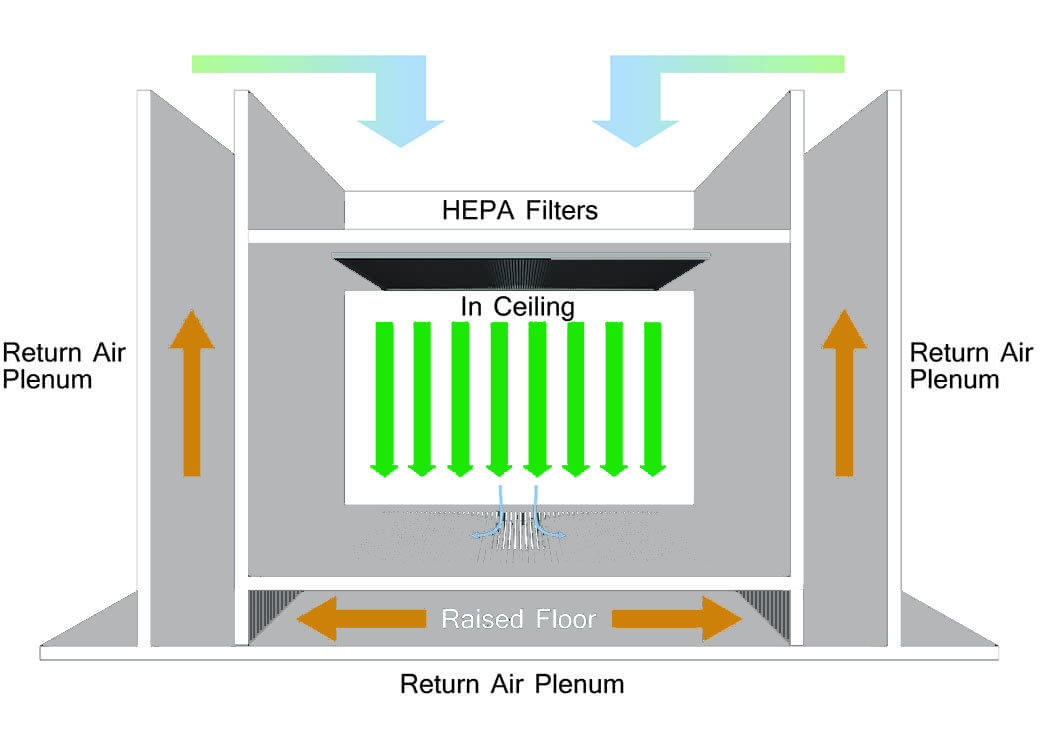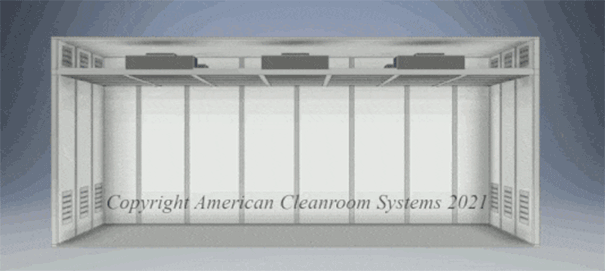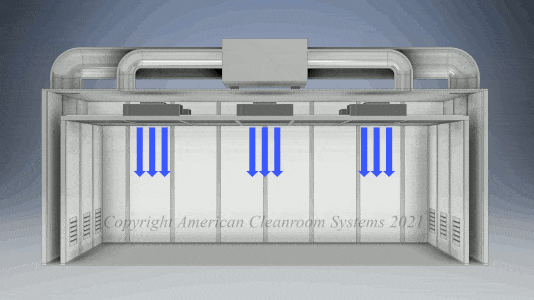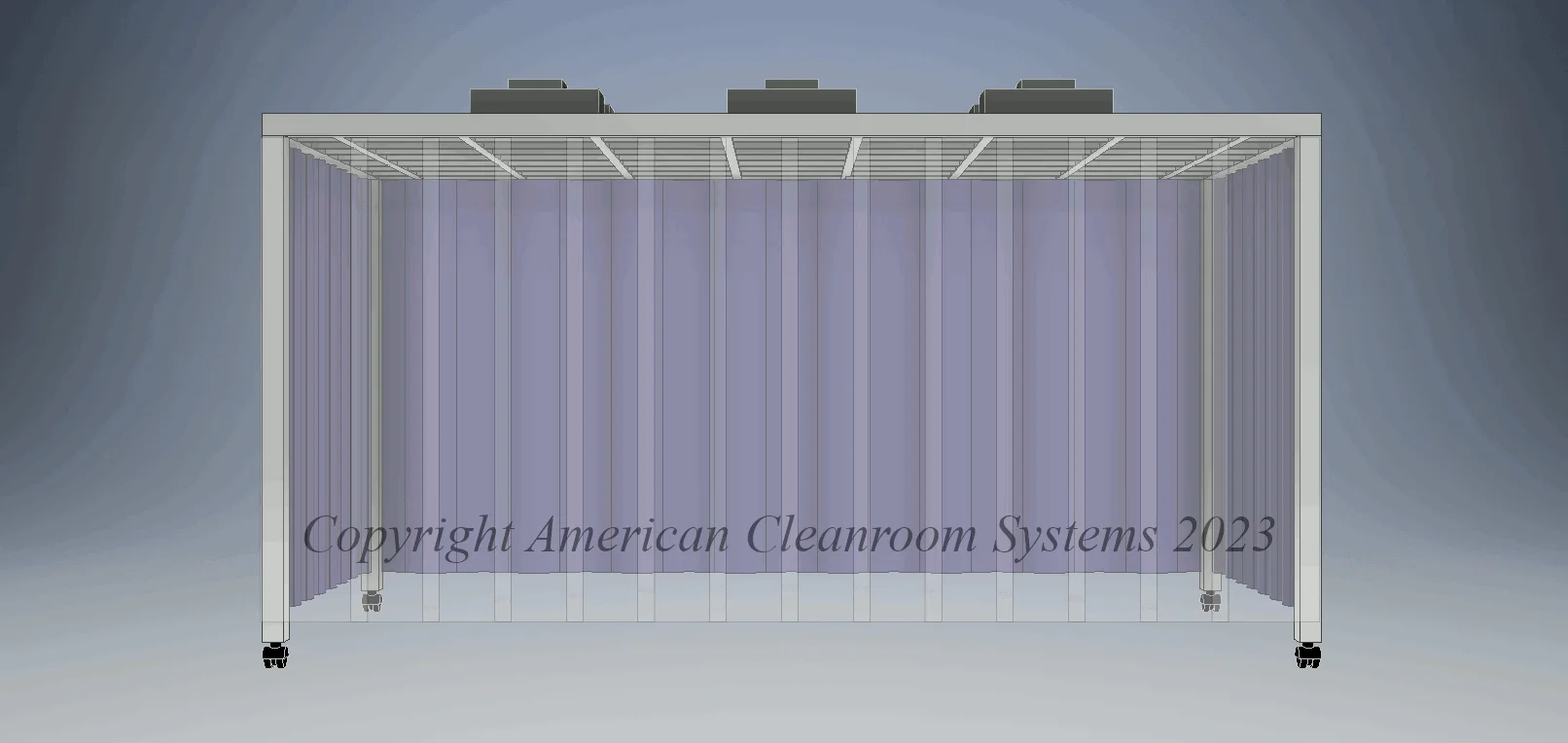Cleanroom Airflow Principles
Cleanroom airflow is a core functional component in achieving a cleanroom controlled environment. Proper airflow management helps minimize the presence of airborne contaminants, ensuring the integrity and quality of sensitive products and processes.Below are three common modes of operation for cleanroom airflow:
Airflow Pattern
Laminar Flow: Vertical Flow from Top to Bottom
Turbulent Flow: Mixed Flow
Air Change Rate (ACH)
The higher the cleanroom class, the higher the air change rate.
For example, an ISO Class 5 cleanroom may require an ACH of 240 or higher.
Filtration
HEPA Filter
ULPA Filter
Environment
Temperature and Humidity Control: Varies, but typical:
Temperature: 18-24°C (64-75°F), Relative
Humidity: 30-60%.

|
|
|
|
|
|
FAQ
Q:What is the air flow in a clean room?
A:Airflow in a cleanroom refers to the controlled movement of air that helps maintain a specified level of cleanliness by minimizing contamination from airborne particles, microorganisms, and other pollutants. The design and management of airflow are critical components of cleanroom operation,
Q:How do you calculate cleanroom airflow?
A:Calculating cleanroom airflow involves determining the necessary airflow rates to achieve specific cleanliness levels and maintain optimal environmental conditions. Several factors need to be considered in this calculation, including the cleanroom volume, the required air change rate (ACH), and the design of the ventilation system.
Q:What is the flow rate of a clean room?
A:The flow rate of a cleanroom refers to the volume of air that is supplied to or removed from the cleanroom per unit of time, typically measured in cubic feet per minute (CFM) or cubic meters per hour (m³/h). The specific flow rate required for a cleanroom depends on several factors, including the cleanroom's size, desired cleanliness level, air change rate (ACH), and the specific design of the ventilation system.
Q:What is the first air rule means the air in a cleanroom?
A:The term "first air" in cleanroom environments refers to the clean, filtered air that is first introduced into the cleanroom space, typically coming directly from HEPA (High-Efficiency Particulate Air) or ULPA (Ultra-Low Penetration Air) filters.
 +86 18186671616
+86 18186671616 Jason@cleanroomequips.com
Jason@cleanroomequips.com
 MENU
MENU



